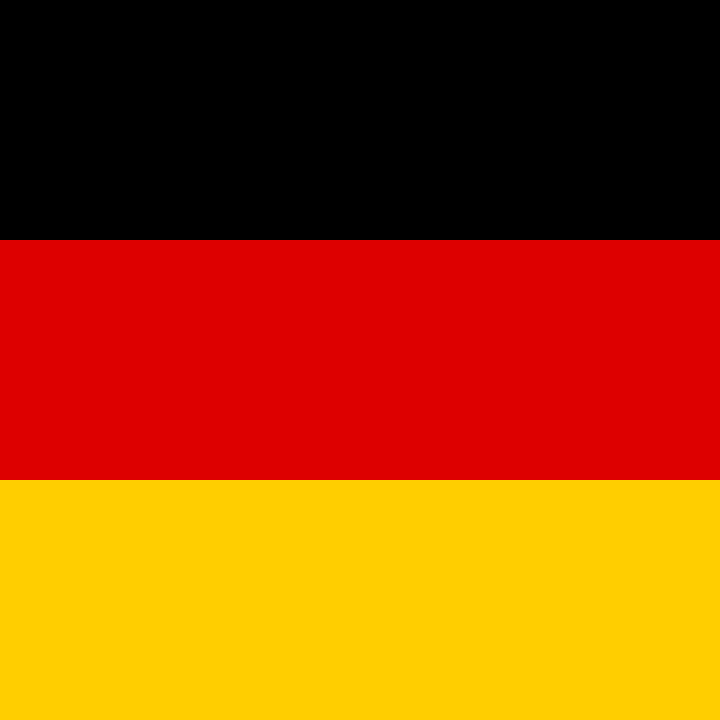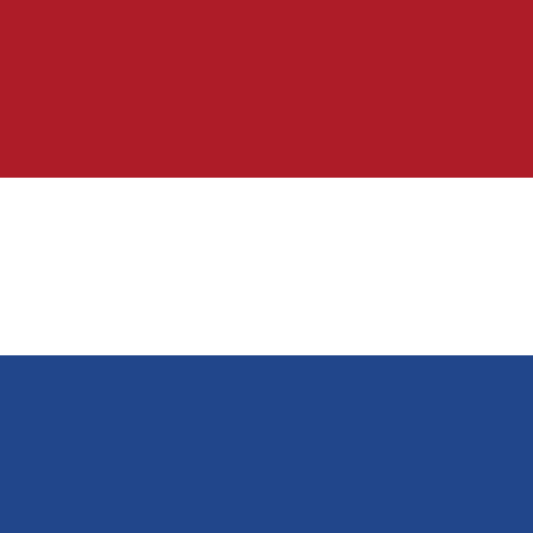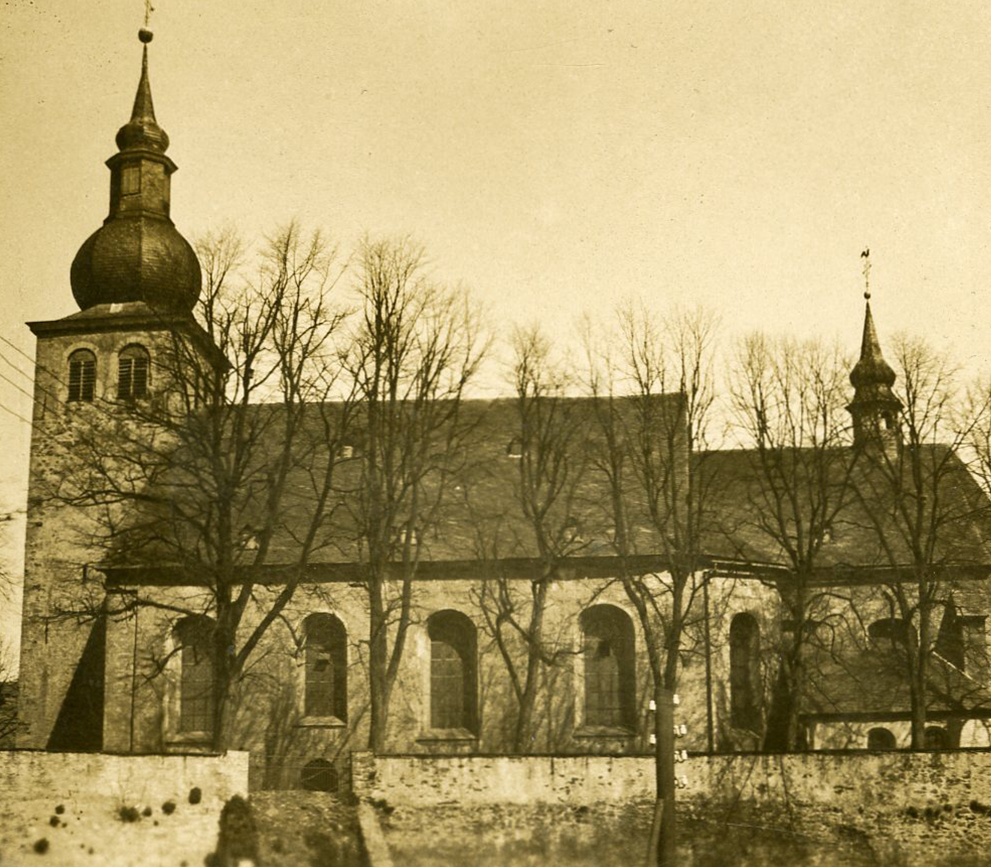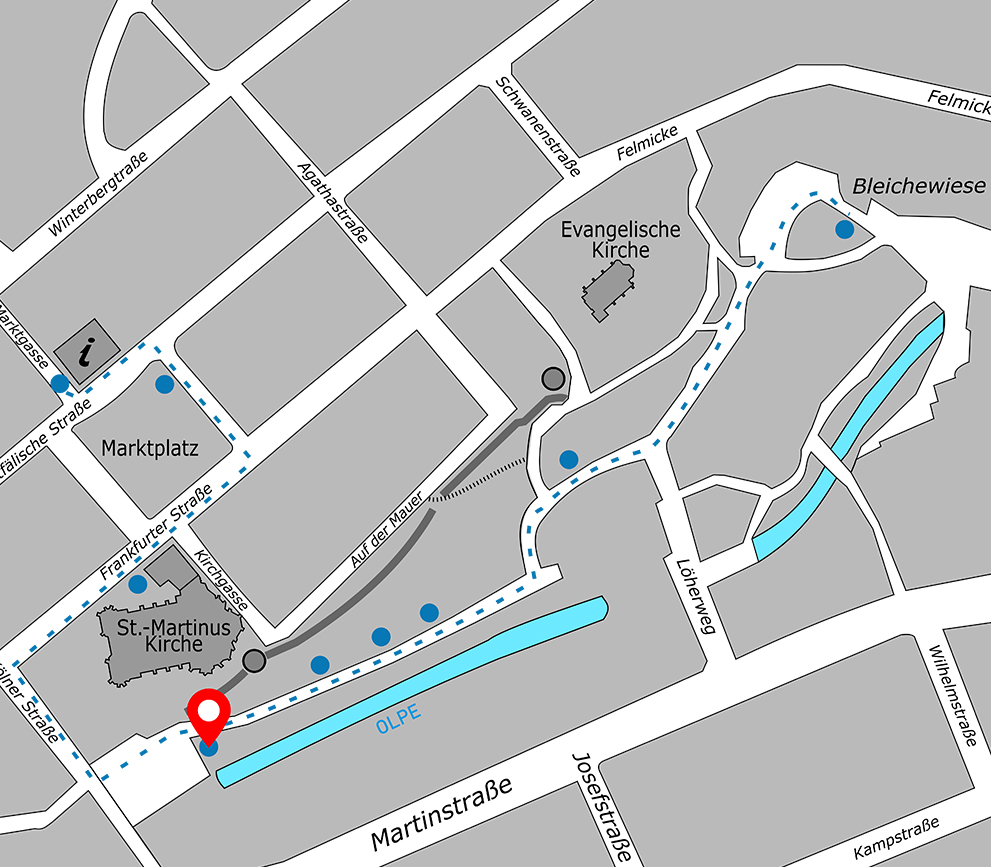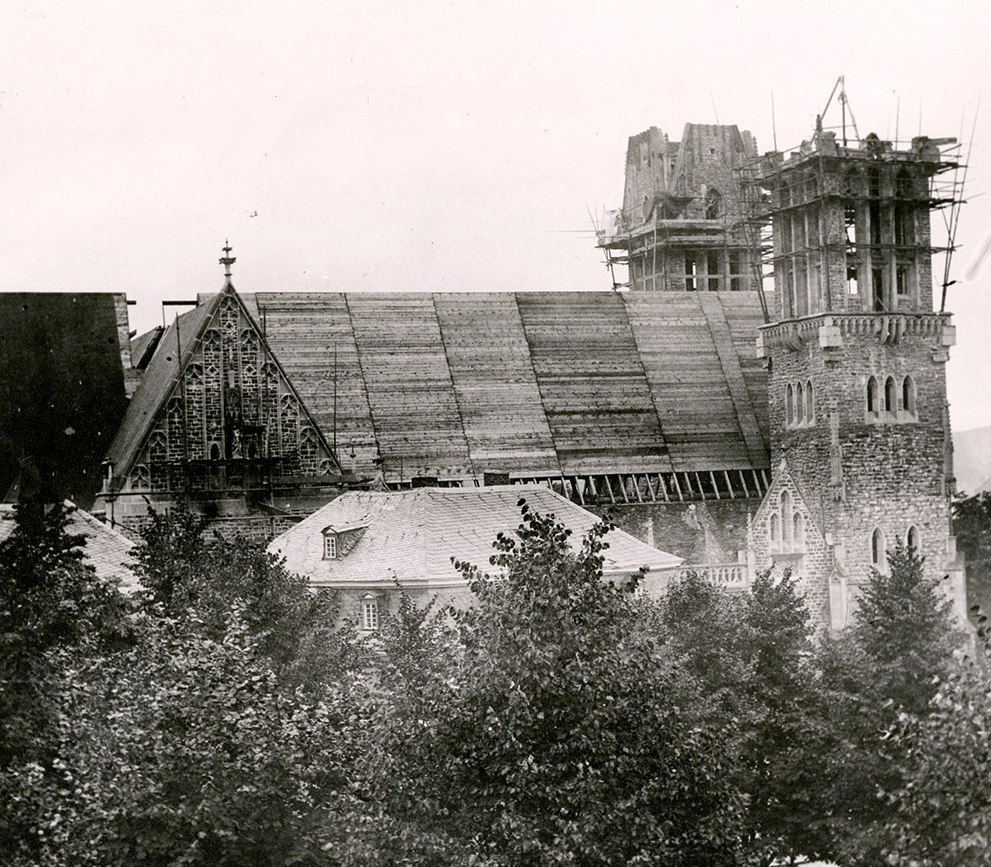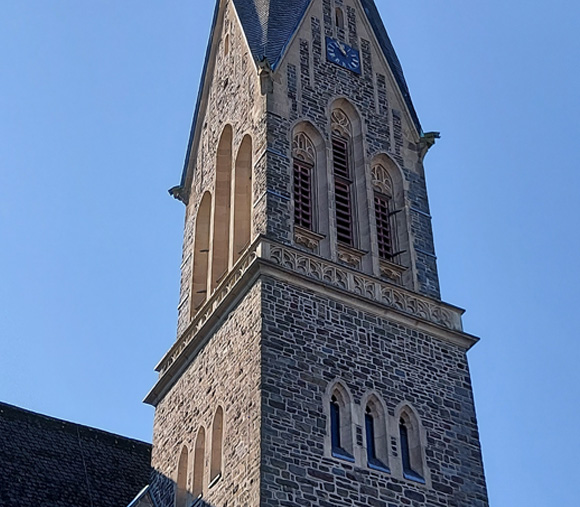
- Audio-Führung
starten - Hörspiel
für Kinder - Audio-
Führung für
Sehgeschädigte
6Saint Martin’s church
The mighty structure that is Saint Martin’s church stands out prominently in the immediate vicinity of the market square. Its location – somewhat perpendicular to the southern edge of the market square – can be explained by the complete change in the town’s topography when it was rebuilt after the fire of 1795. A church has stood on this site for 1,200 years, and until 1806 – for 1,000 years – it was also attached to a cemetery.
The present church was rebuilt between 1907 and 1909 after the original building was destroyed by arson. Plans for a new church had foundered for years due to opposition from the Prussian curator of monuments. To the anger of the parish priest and many people in Olpe, the provincial curator in Münster had only permitted an extension of the medieval nave and the demolition of the tower and the choir. However, because the people of Olpe desired a modern church, such as the one used by the Lutheran community since 1898, arsonists – Italian workers – were hired with the result that the church was destroyed by a fire during the night of 16 to 17 August 1907. The perpetrators of this crime, who were among the supporters of a new church building, were never identified and brought to justice. Two of the Italians involved in committing the arson were convicted, one of whom died in prison.
In keeping with the spirit of the times, the new church was built in a Gothic revival style. The master builder was Johannes Franziskus Klomp, who had already gained a reputation for building numerous churches.
The materials used, greywacke for the outer walls and tuff for the sculptures, were chosen to allow the church to blend in with its surroundings.
Access to the church is usually through the doors on the side aisles. The richly ornamented main portal features, in ascending order, the Virgin Mary and Infant Jesus, Christ on the Cross and above that God the Father. On the left is a depiction of Saint Martin and on the right, Saint Liborius, the patron saint of the archdiocese of Paderborn.
One of the church towers, which had been badly damaged in a bombing raid, had to be demolished in March 1945. Since then, the church, which was designed to be like a cathedral church, has lost a significant part of its outward appearance.
It is well worth visiting the interior of the church. Come in and take a closer look at the leaflets and panels explaining all the elements of its interior design.
